We took the first flight out of Singapore to Denpasar Airport in Bali and were greeted by our driver, Wayan. I had discovered Wayan through a random Google search without any referrals or reviews, and we got very lucky as we ended up using him as our tour guide, driver, and concierge during our entire stay in Bali. The airport seemed to be undergoing a renovation and expansion, which we quickly learned seems to be an ongoing theme across Bali. We headed out on the traffic-clogged streets of Denpasar and drove up the coast past the towns of Kuta and Seminyak, known for their mixture of fancy resorts, surfer bungalows, and party scenes. To break up the 2+ hour drive to our destination of Munduk, a small mountain retreat town in the central mountains, we made a few stops along the way.

First meal in Bali, overlooking rice terraces
Our first stop was for lunch at a restaurant overlooking some beautiful rice terraces. While the restaurant obviously catered towards tourists, the buffet lunch was a great introduction to Indonesian food and I got my first taste of their famous sticky black rice pudding. We then continued up the winding road through the hills past many small towns, temples, shrines, and warungs (roadside food stands). Our next stop was at Lake Bratan and the Pura Ulun Danu Bratan temple. It was just the first of several temples we would visit during our stay in Bali. After a few more quick stops at a local market to buy some of my favorite tropical fruits and at a scenic viewpoint overlooking twin mountain lakes, we arrived at our lodging in Munduk.

Lake Bratan Temple (Pura Ulun Danu Bratan)

Traditional masks at a local market near Munduk

Twin lakes of Danau Buyan and Danau Tamblingan

Panoramic shot of our homestay and the view from the terrace
We stayed at Aditya Homestay, which turned out to be more of a proper hotel than I expected. While the family lives on the property in their own house, there are separate structures for guest rooms, a restaurant veranda, and a terrace, all surrounding a central courtyard and all with incredible views of the misty mountains, emerald rice terraces, and beautiful sunsets. The staff was so sweet and helpful and was always smiling. The restaurant served delicious Indonesian food, and we ended up having all our meals there over our two-day stay.
The next day, we went on a hike to nearby waterfalls- Melanting and Laangan. We traversed coffee and clove plantations where workers were busy harvesting huge sacks of cloves. They scaled rickety-looking homemade bamboo ladders with such dexterity a good 30-40 feet above ground. We passed many small homes in the valley where enterprising residents set up small stands to sell local spices to hikers. I picked up some vanilla bean pods for a fraction of the cost back home and can’t wait to try them in some baking!

Admiring Laangan Waterfall

There’s a man harvesting cloves atop the homemade bamboo ladder if you look closely!

Local schoolboys (on the way back from art class I hope??)
In the afternoon, we ventured out on another hike into the nearby rice terraces. Unfortunately, due to lack of signage and difficulty determining if a path was considered a “road” by Munduk standards or merely a footpath leading to a private home, we got lost immediately and never made it to our intended destination. However, I was happy to just go on a walk deep into the village and say hello to all the locals that peered at us with curiosity.
Munduk was such a beautiful and relaxing place to begin our week in Indonesia. I could understand why the Dutch built mountain retreats there during the colonial period. Although at first I found it comical that Balinese referred to the “cool” 85-degree temperatures in Munduk, I soon concurred with the description as we traveled onto Ubud and the Gili Islands. It was also nice to get an authentic glimpse into a Balinese village without the distraction of too many tourists unlike places we visited later in our trip. There wasn’t a single ATM in town, and the closest one was 30 minutes away. It’s a good thing the hotel, including meals and drinks for two, worked out to be $60/day. Sometimes it amazes me what US dollars can buy in less-developed countries, and it makes me feel all the more fortunate for what I have.

The busiest part of Munduk town

Spectacular sunset colors in Munduk













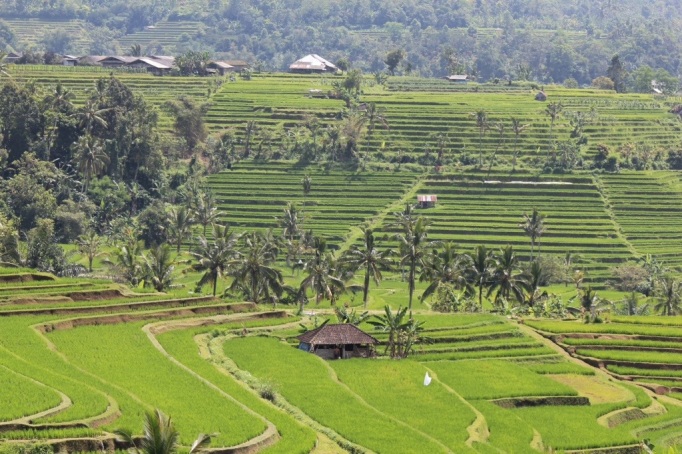
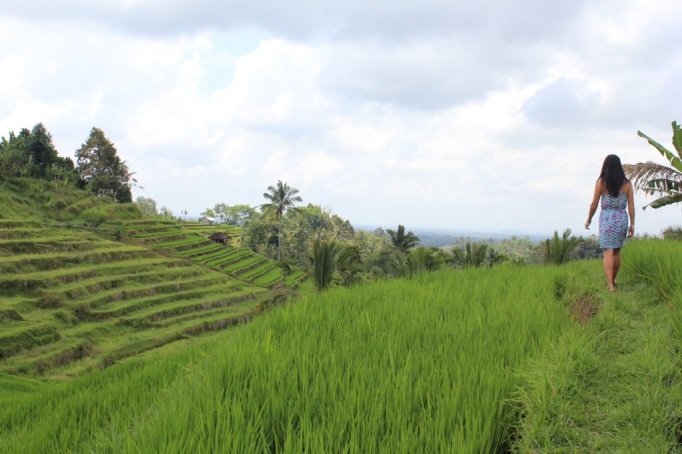
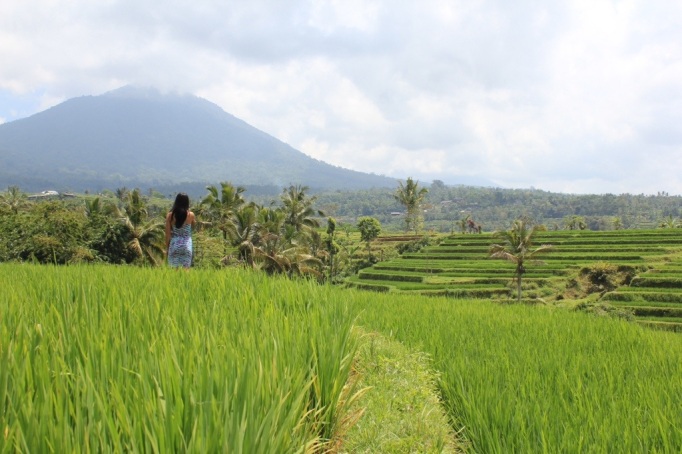
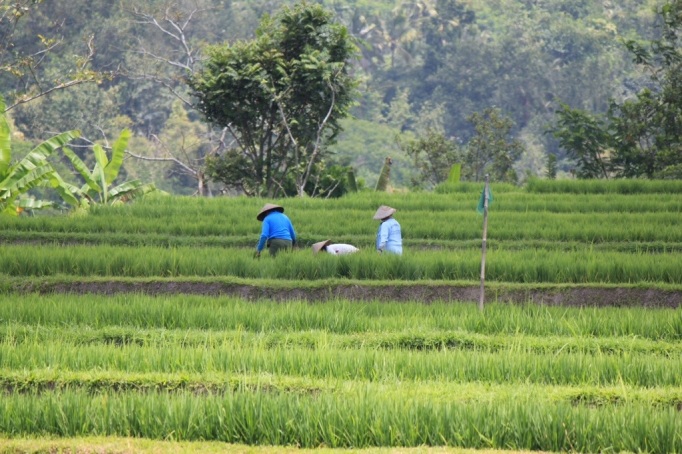

















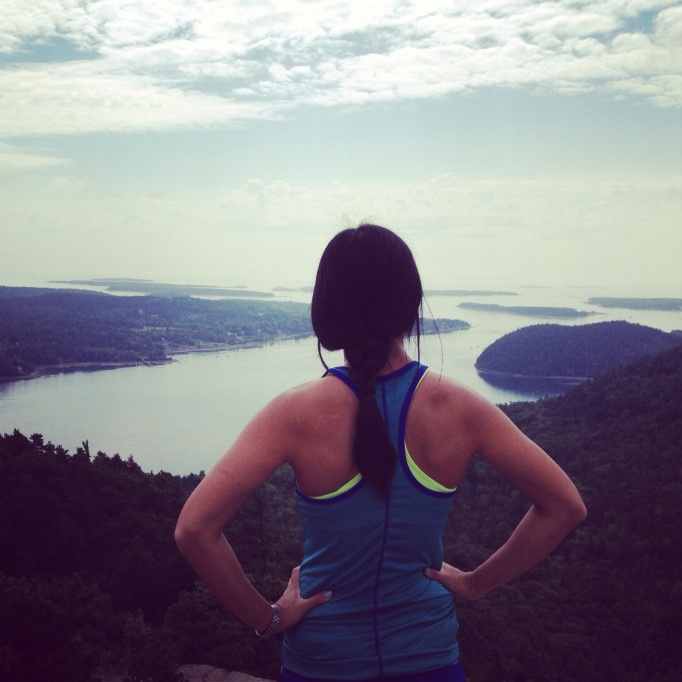 Hello, and welcome to my blog! I’d love to share with you my neverending quest to seek my next adventure, near or far. I have a passion for travel, the outdoors, exploring other cultures, and food- and above all, sharing these interests and discoveries with my family and friends.
Hello, and welcome to my blog! I’d love to share with you my neverending quest to seek my next adventure, near or far. I have a passion for travel, the outdoors, exploring other cultures, and food- and above all, sharing these interests and discoveries with my family and friends.